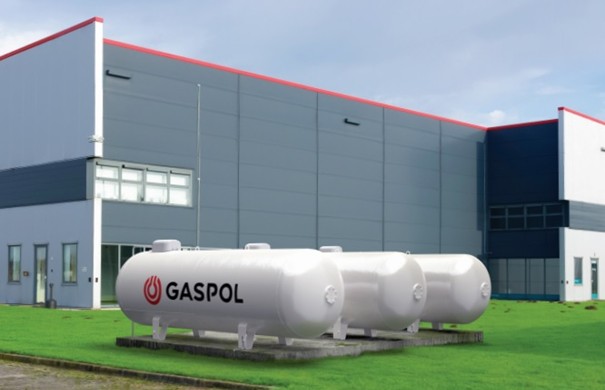Partner Article, by GASPOL

The Future of LPG in Industry – a Stable Fuel for Uncertain Times
For the last five years, the European industry has been facing several factors disrupting its normal operations: the COVID-19 pandemic, sharp increases in energy prices, and the consequences of the war in Ukraine. In such fluctuating conditions, business owners are looking for solutions that ensure flexibility in fuel supplies and predictability in fuel costs essential for production processes. One key element of this mix remains LPG, whose prices experience relatively small fluctuations.
The Future of LPG in Industry – A Reliable Fuel for Uncertain Times
Over the past five years, European industry has grappled with multiple disruptions – from the COVID-19 pandemic and sharp jumps in energy prices to the ongoing impact of the war in Ukraine. In this volatile environment, businesses are seeking solutions that deliver both supply flexibility and predictable fuel costs for their production processes. LPG remains a key component of that energy mix, thanks to its relatively stable pricing.
In Poland, industrial LPG consumption climbed from 135,000 tonnes in 2010 to 210,000 tonnes in 2024 – a growth of more than 50 percent. While automotive LPG still dominates overall national consumption, the industrial sector’s share has steadily risen and now accounts for nearly 8 percent of total LPG use (excluding vehicle fuel). Across the European Union, around 30 different industry segments rely on LPG.
LPG Where the Gas Grid Doesn’t Reach
Many manufacturing sites – particularly those located beyond the reach of natural-gas pipelines – have no viable alternative. Delivered by road tanker or cylinder, LPG supports diverse processes in industries as varied as woodworking and furniture, food production, pharmaceuticals, chemicals, automotive and construction.
Of course, LPG is not the only option. The expansion of natural-gas networks and investments in renewables (such as biomass and biogas) demonstrate a search for complementary energy sources. Yet forecasts indicate that by 2050, LPG will still have a place in Europe’s industrial landscape, chiefly because no other fuel or energy source matches its combination of flexibility, transportability, functionality and cost efficiency.
Price Stability in Uncertain Times
In recent years, natural-gas and electricity prices have experienced extreme volatility. LPG, although subject to global market forces, has maintained much more consistent wholesale and retail prices. For production-cost planners, that predictability has become a critical reason to retain LPG as a primary process fuel. Moreover, in the face of potential supply disruptions or infrastructure failures—such as the recent blackout in Spain—LPG-fired installations offer greater operational security and independence.
LPG’s Role in Industrial Production – Discussion at the European Liquid Gas Congress in Katowice
Looking ahead to 2050, no other fuel for off-grid applications combines LPG’s distribution flexibility, universal applicability and cost competitiveness. How these trends balance out will determine LPG’s future role in European and Polish industry, and its impact on plants’ competitiveness and energy security.
– Given the pressure to maintain energy efficiency, safeguard competitiveness and protect jobs, a complete phase-out of LPG is neither technically nor economically feasible today. Regardless of ongoing expansion of gas networks or rising shares of renewables, LPG still plays an essential part in ensuring uninterrupted production—especially at locations without pipeline access – says Donatella Squellerio, Marketing and Sales Director at GASPOL, who will join a panel on LPG’s industrial role at the European LPG Congress in Katowice on 21 May 2025.
In that session, Eugeniusz Zapolnik, CEO of Nord-Ost – a leading European packaging manufacturer and supplier – will share his hands-on experience with bio LPG, a renewable alternative to conventional LPG.

